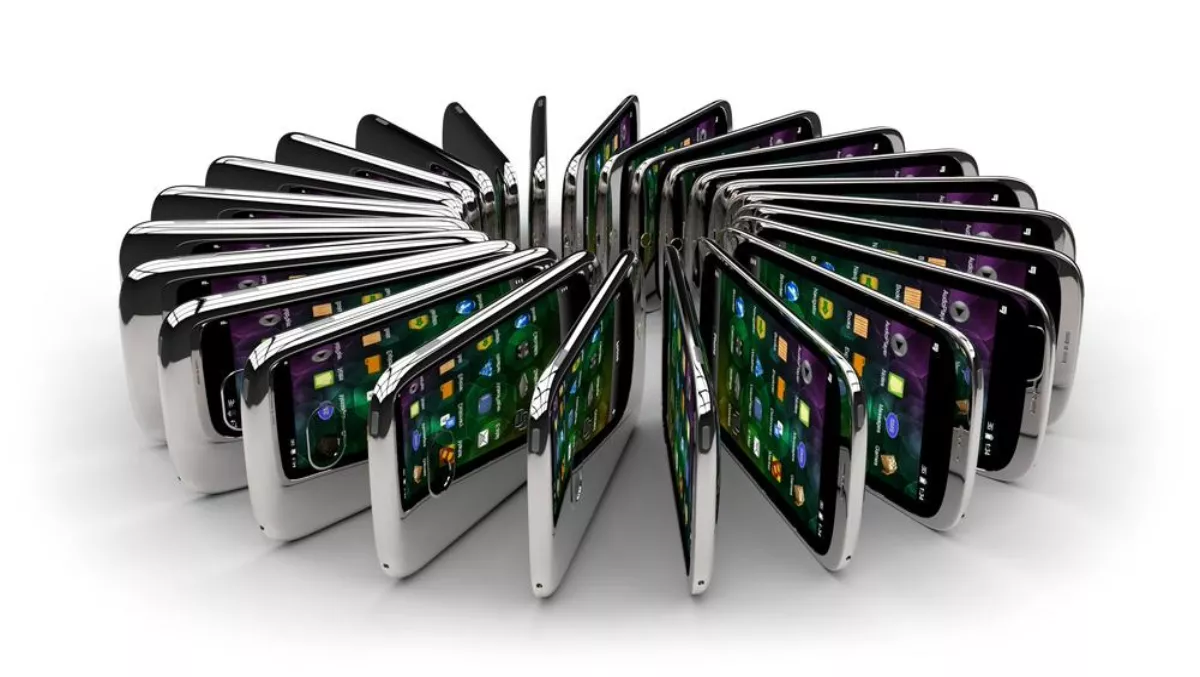
Census data shows telcos losing out to data users
New Zealanders are following the global trend of abandoning landlines in favour of mobile phones and online communication, leaving telecommunication companies racing to find new revenue streams, said Paul Brislen CEO of Telecommunications Users Association of New Zealand.
The 2013 census shows that 81 percent, or 1.3 million New Zealand households had access to a fixed-line telephone, down from 88 percent in the 2006 census.
Those with a mobile phone rose to 79 percent, or 1.2 million households, from 71 percent.
"Now people think the home phone only rings when someone is selling you something, so you are paying for something you don't use," Brislen said.
The latest survey shows 73 percent, or 1.1 million households had interest access, compared to 58 percent access seven years earlier. Brislen said more New Zealanders were turning to options like naked DSL or choosing line rentals which didn't include a voice connection from their internet provider.
"Telecom is the only PSTN (public switched telephone network), which is the basic phone service line in New Zealand, they are getting nervous as that is a big revenue stream for them, and people are leaving landline use," he said.
"They still make well over $1 billion from line rentals if that tailed off they'd be really very concerned."
Mobile phone use had reached market saturation, said Brislen, as "everyone who wants one has now got one" but it was now "a turning point for phone companies" as technology removed traditional revenue streams.
"Revenue is becoming an issue for the telecommunications, especially the mobile guys, because 'over the top' services are replacing the text and voice charges."
Over the top services include iMessages or VOIP, Voice over Internet Protocol like Skype or Viber, where devices communicate using data.
Brislen said companies are at risk of becoming "a dumb pipe" or solely at data provider looking to cut costs and establish a way to differentiate themselves from their competition, as increasingly now it was "all about data".
According to census figures 1.6 percent or 24,135 households still had no access to telecommunication systems, a drop of 15 percent on the past census. All regions saw household telecommunication access increase, except for the Marlborough region which saw a 2.3 percent decrease in access.
Fax access also dropped off sharply, down 41 percent on the 2006 figures, with less than 14 percent of New Zealand households now having access to a fax.
The next big thing they're talking about in terms of mobile technology is the internet of things, Brislen said, where "anything with a power cord can have a chip put in it connecting it to the internet over wi-fi or mobile".
He said cars will soon be able to report to mechanics when they're due for a service, and that international telecommunications company Ericsson expects to see more than 50 billion connected devices by 2020.
By Suze Metherell - BusinessDesk

